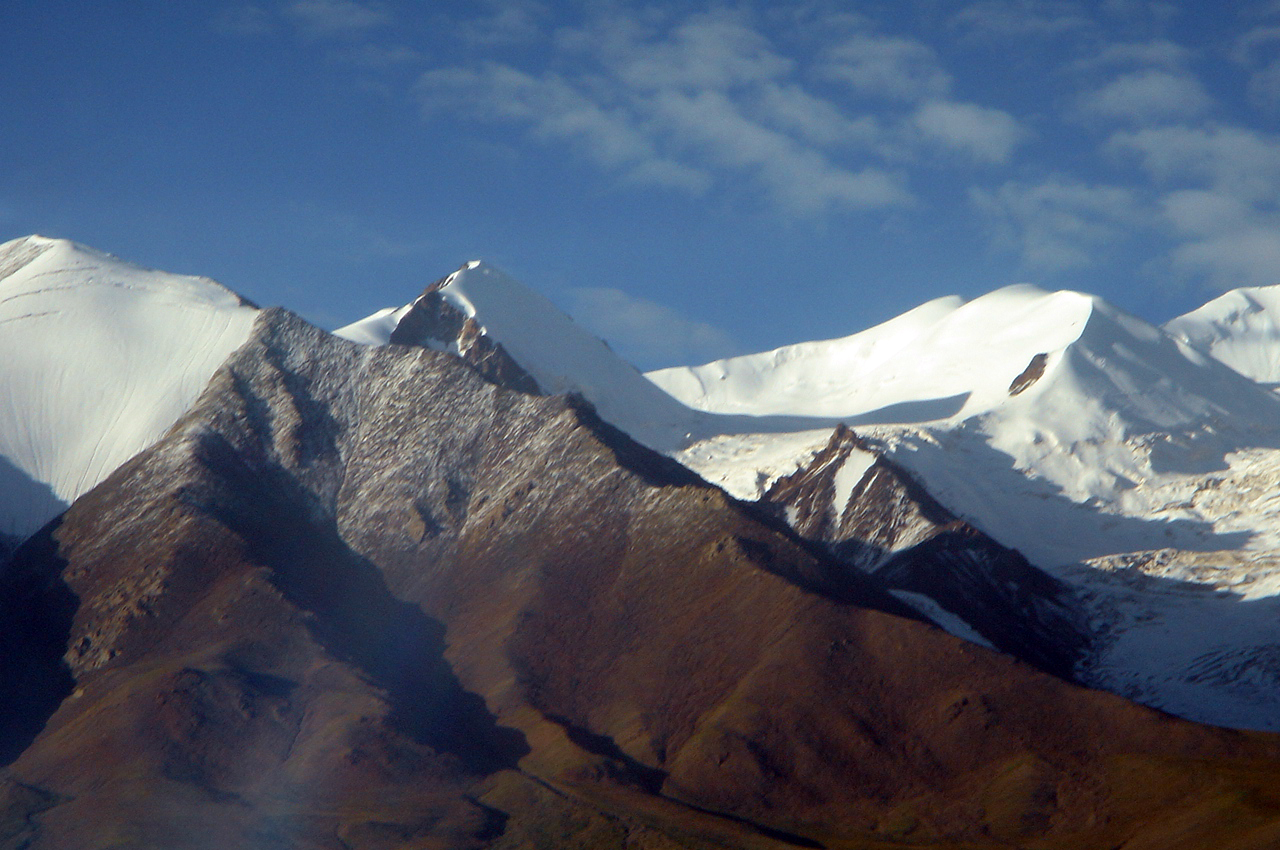marydilip.info – The Tanggula Mountains, known as 唐古拉山 in Chinese, are a stunning mountain range that forms part of the Tibetan Plateau. They are renowned for their breathtaking landscapes, unique geographical features, and cultural significance. Straddling the border between the Tibet Autonomous Region and Qinghai Province in China, this mountain range is both a natural wonder and a vital geographical marker.
Geographical Significance
The Tanggula Mountains stretch over 600 kilometers, with an average elevation exceeding 5,000 meters. They are one of the highest mountain ranges in the world, and their peaks are often snow-capped year-round. The Tanggula Pass, located within these mountains, is one of the highest railway passes in the world, traversed by the Qinghai-Tibet Railway, which connects China to the remote regions of Tibet.
Climate and Ecology
The climate in the Tanggula Mountains is harsh and cold, with long winters and short summers. Despite these challenging conditions, the region supports a unique ecosystem. The mountains are home to a variety of wildlife, including the Tibetan antelope, wild yaks, and snow leopards. The fragile alpine vegetation, consisting mainly of grasslands and shrubs, plays a crucial role in preventing soil erosion and maintaining the ecological balance.
Cultural and Historical Importance
The Tanggula Mountains hold significant cultural and spiritual value. They are considered sacred by local Tibetan communities, who believe that the mountains are the abode of deities. The Tanggula range also marks the boundary between the traditional Tibetan regions of Amdo and Kham. Historically, these mountains have been a natural barrier and a strategic location, influencing trade and cultural exchanges between Tibet and its neighboring regions.
Modern Infrastructure and Challenges
In recent years, the Tanggula Mountains have gained attention due to the construction of the Qinghai-Tibet Railway, which has made the remote areas more accessible. This engineering marvel has brought economic opportunities and increased tourism to the region. However, the construction and increased human activity pose challenges to the delicate ecosystem. Efforts are being made to balance development with environmental conservation.
Conclusion
The Tanggula Mountains are a remarkable blend of natural beauty, cultural heritage, and modern engineering. They continue to captivate explorers, scientists, and travelers with their majestic peaks and profound significance. As we admire these mountains, it is crucial to respect and preserve their unique environment for future generations to experience and appreciate.
